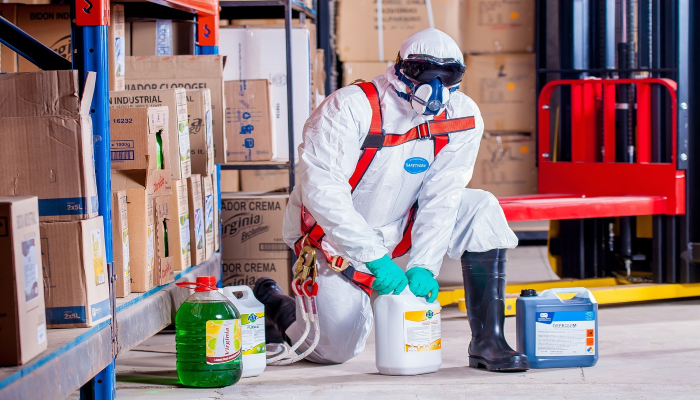All employees, regardless of industry, deserve a safe and healthy workplace environment. And it is the employer’s responsibility to not only provide that but also the training and resources they need to understand and practice appropriate safety procedures.
Here are the seven most important factors for maintaining a safe workplace.
-
Adequate training
-
Proper personal protective equipment (PPE)
-
Safe work practices and procedures
-
Regular workplace inspections
-
Effective communication
-
Emergency response planning
-
Hazard identification and risk assessment
It is important for employees to be trained in how to safely perform their job duties, as well as how to recognize and address potential hazards. Health and safety training is not only required by the law, but it also increases efficiency, creates a safe company culture, and reduces costs across the board. The ability to bring together employers and workers in the pursuit of a shared objective—creating a safe and secure workplace that guarantees the safety and success of everyone involved—makes health and safety training crucial.
Employees should have access to appropriate PPE, such as hard hats, safety glasses, and earplugs, to help protect them from potential hazards. PPE is also essential for helping employees avoid liability for their injuries.
Establishing safe work practices and procedures, and enforcing them consistently, can help prevent accidents and injuries. When leadership implements safe work practices and procedures, it sends the message that you want to protect your employees and make them feel safe both emotionally and physically. And this will help improve employee morale and lead to more efficient and productive workers.
Workplace inspections are critical examinations of the workplace. Regular inspections can help identify potential hazards and take corrective action before an accident occurs. Hazards that inspections may identify include chemical hazards, ergonomic hazards, physical hazards, biological hazards, and inadequate machine guards on major equipment.
Ensuring that all employees are aware of potential hazards and how to safely perform their job duties is critical to maintaining a safe workplace. When health and safety are part of the organization’s company culture, employees are more inclined to comply with safety rules and communicate feedback to their managers about how to improve safety.
An emergency response plan outlines the series of steps your organization will take in an event that threatens employee health and safety. Having a plan in place to handle emergencies can help ensure that employees know what to do in case of an accident or other emergency, which minimizes the risk of injury and fatalities.
Identifying potential hazards and assessing the risks associated with them is essential for taking steps to control or eliminate those hazards. Hazard identification and risk assessment can be used as a training tool to create awareness among employees about the possible hazards that may be present in the workplace. Assessments also help leadership set risk management standards based on safe practices and legal requirements, which can also save costs by being proactive rather than reactive.











